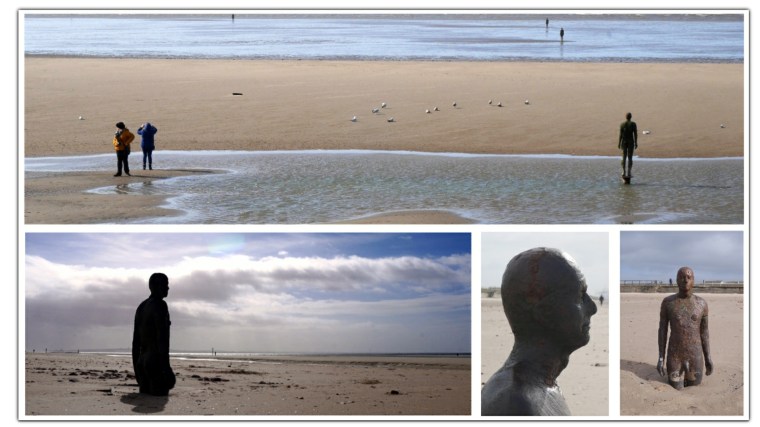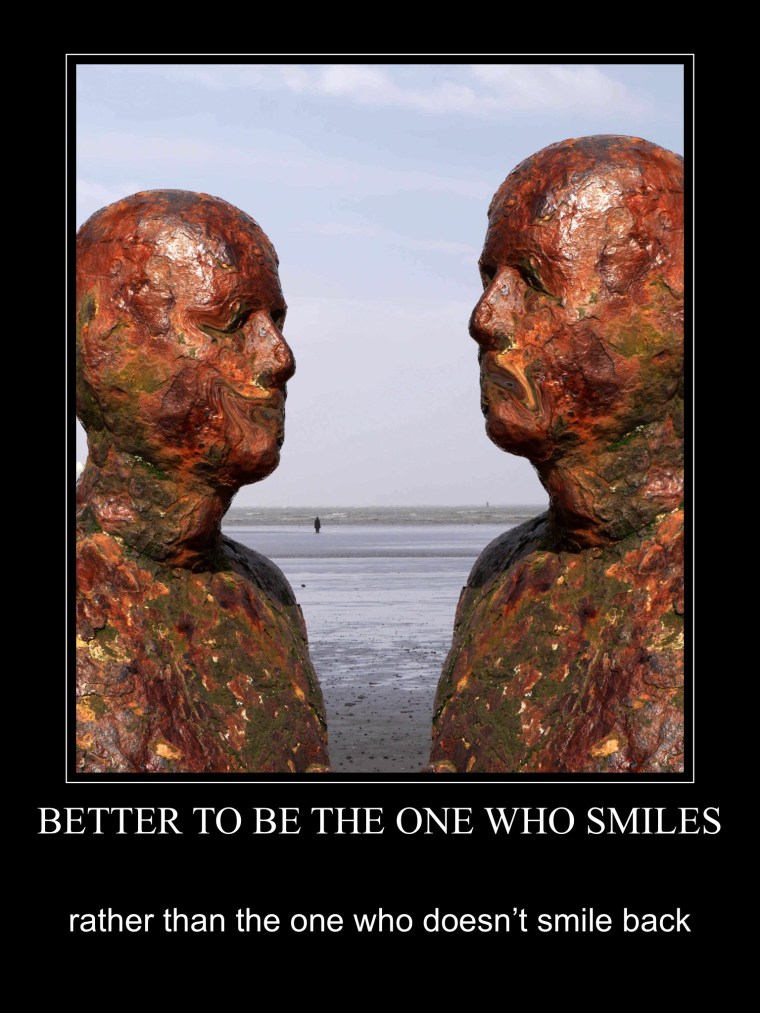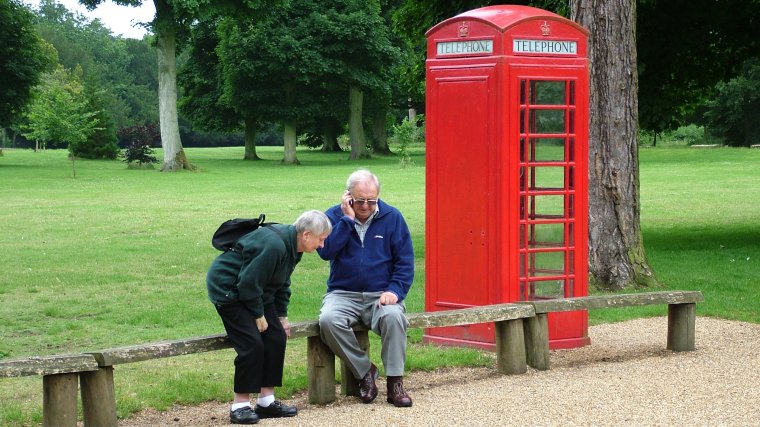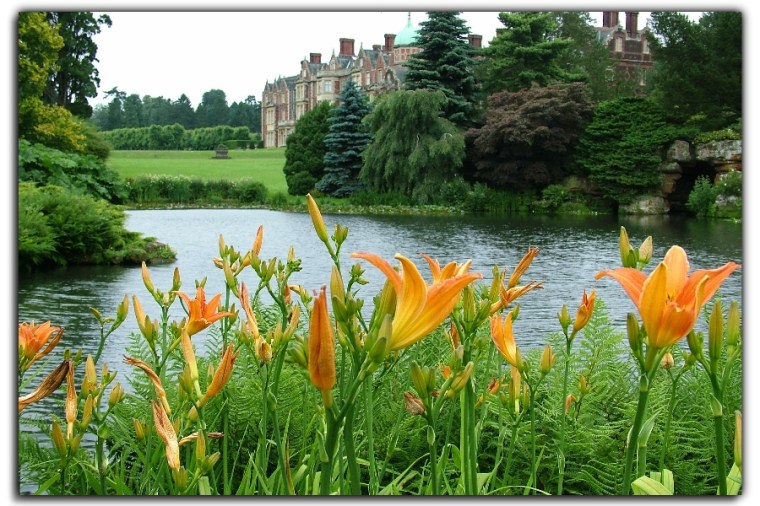Local anglers, when fishing in our nearby canals and River Trent, usually have nothing more than a fisherman’s stool or folding picnic chair and very occasionally a windshield, umbrella or small tent. Compare that with this fishing ’temple’, yes that’s the official description, in the grounds of Calwich Estate, Ellastone, on the River Dove which forms the county boundary between Derbyshire and Staffordshire.
 During a walk in the area, we were fortunate enough to in be able to look inside and see the large fireplace. We could imagine the log fire burning there, warming the guests as they sat around the large wooden dining table enjoying a fine meal, possibly freshly caught trout, prepared for them by the servants from the house. In addition to the river at the front there is a fishing lake at the rear of the building.
During a walk in the area, we were fortunate enough to in be able to look inside and see the large fireplace. We could imagine the log fire burning there, warming the guests as they sat around the large wooden dining table enjoying a fine meal, possibly freshly caught trout, prepared for them by the servants from the house. In addition to the river at the front there is a fishing lake at the rear of the building.

Even more interesting to we music lovers was that the composer Handel was one of the abbey’s frequent guests and it has been suggested that his visits here may have inspired some of his most important works such as ‘Messiah’ and ‘The Water Music’.
Handel’s most famous work is arguably The Messiah, and many believe he had the inspiration and ideas whilst here in the summer of 1741 and when he returned to London he put it all on paper in 24 days beginning on 24th August. Hallelujah!








